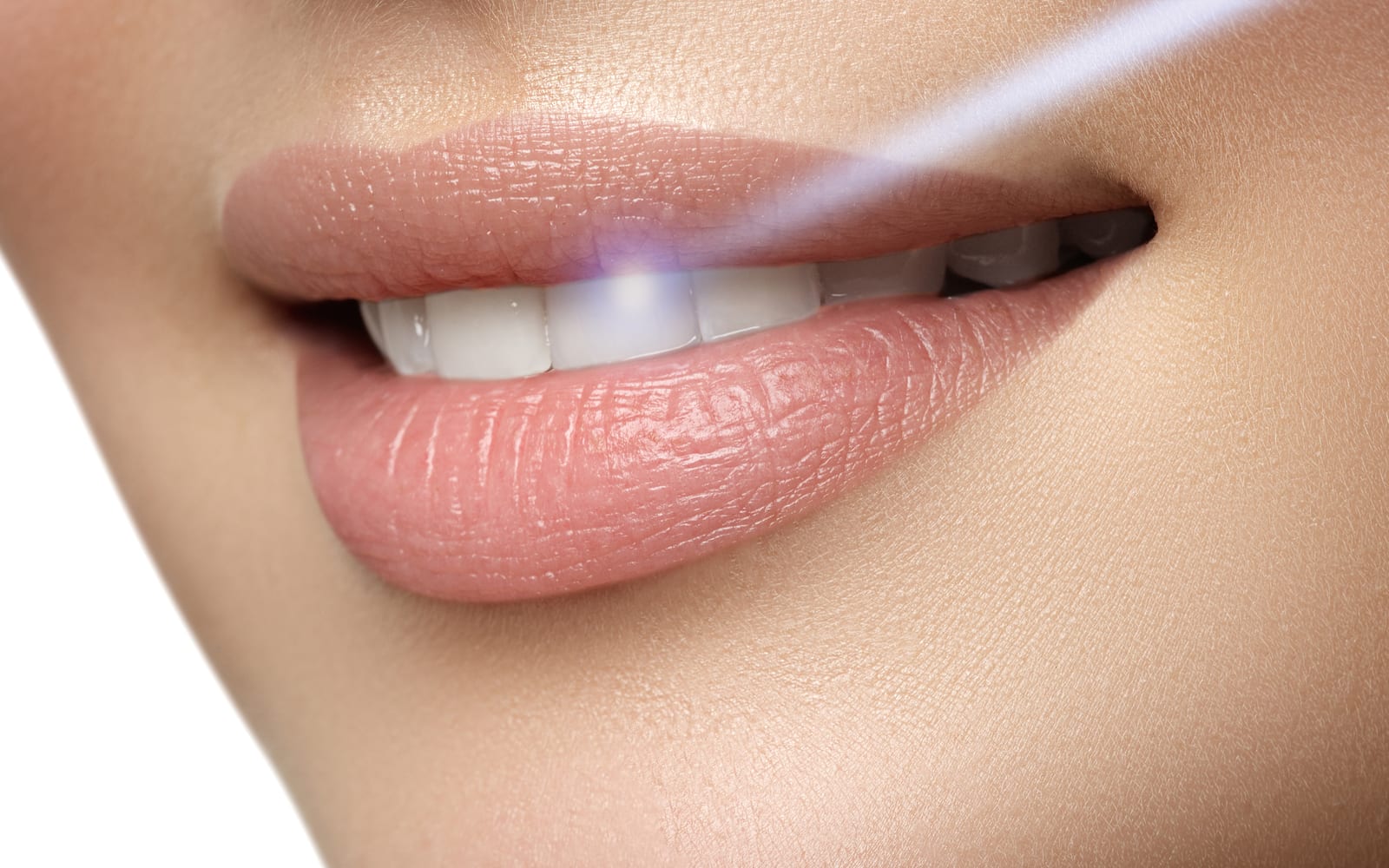Gingivitis is one of the most frequently experienced dental conditions faced by Americans today. While relatively easy to treat and overcome, it goes untreated in an increasing number of cases every year. As a result, there’s a rising tide of periodontal disease. Thankfully there’s a new treatment available that makes it possible to provide successful treatment of periodontal disease even quicker and easier than before. Whether your periodontal disease is the result of poor hygiene practices, genetics, smoking, chronic illness, or a medication you’re taking, laser dentistry can help!
How Laser Technology Is Used To Treat Periodontal Disease
Scaling and root planing have been the go-to treatment for periodontal disease for decades. Proven and effective, this process works by mechanically cleaning and polishing the dental surfaces above and below the gingival line. While effective, it came with its assortment of drawbacks. Laser dentistry has come on the scene to offer the same benefits of traditional periodontal cleaning without the drawbacks of traditional methods. Below are the steps involved with treating periodontal disease with laser dentistry:
- Lasers are focused on infected tissue, destroying it and the bacteria without harming surrounding areas.
- An ultrasonic cleaner is used to remove biofilm-like plaque and tartar from the dental surface without a scraper.
- The gingival tissue is sealed to the dental route using the laser at reduced power.
Throughout this process, only the necessary tissues are removed with the laser, preventing any additional damage and speeding the healing process.
Additional Benefits of Laser Dentistry
- Limits Bleeding – Bleeding gums and bone loss are common complications of periodontal disease. Laser treatments avoid additional bleeding while addressing the source of the problem.
- Tailored To The Patient – No two patients are alike, and laser treatment is suitable for customization for the specific requirements of the individual condition and patient.
- Reduced Healing Time – The limited amount of tissue trauma that occurs when using laser treatment speeds healing and reduces treatment time.
- Minimally Invasive – As the procedure involves no drills or other equipment, this treatment is almost entirely non-invasive and causes little to no discomfort. This is something patients and dentists alike can cheer over.
- Preserves Health Teeth – Pinpoint treatments are one of the outstanding aspects of laser dentistry, making it possible to target only the infection. This means no collateral damage to other dental structures, more retained healthy tissue, and better results in the long term.
- Limited Risk of Bacterial Infection – With only one tool being used for the entire procedure, there’s almost no chance of the infection spreading during the treatment.
Those who are seeking the latest in dental technology for their treatment and who have no love for scaling and root planing with traditional methods should ask about laser dentistry. More and more clinics are shedding old treatment options in favor of this new innovation, thanks to the superior results experienced.



